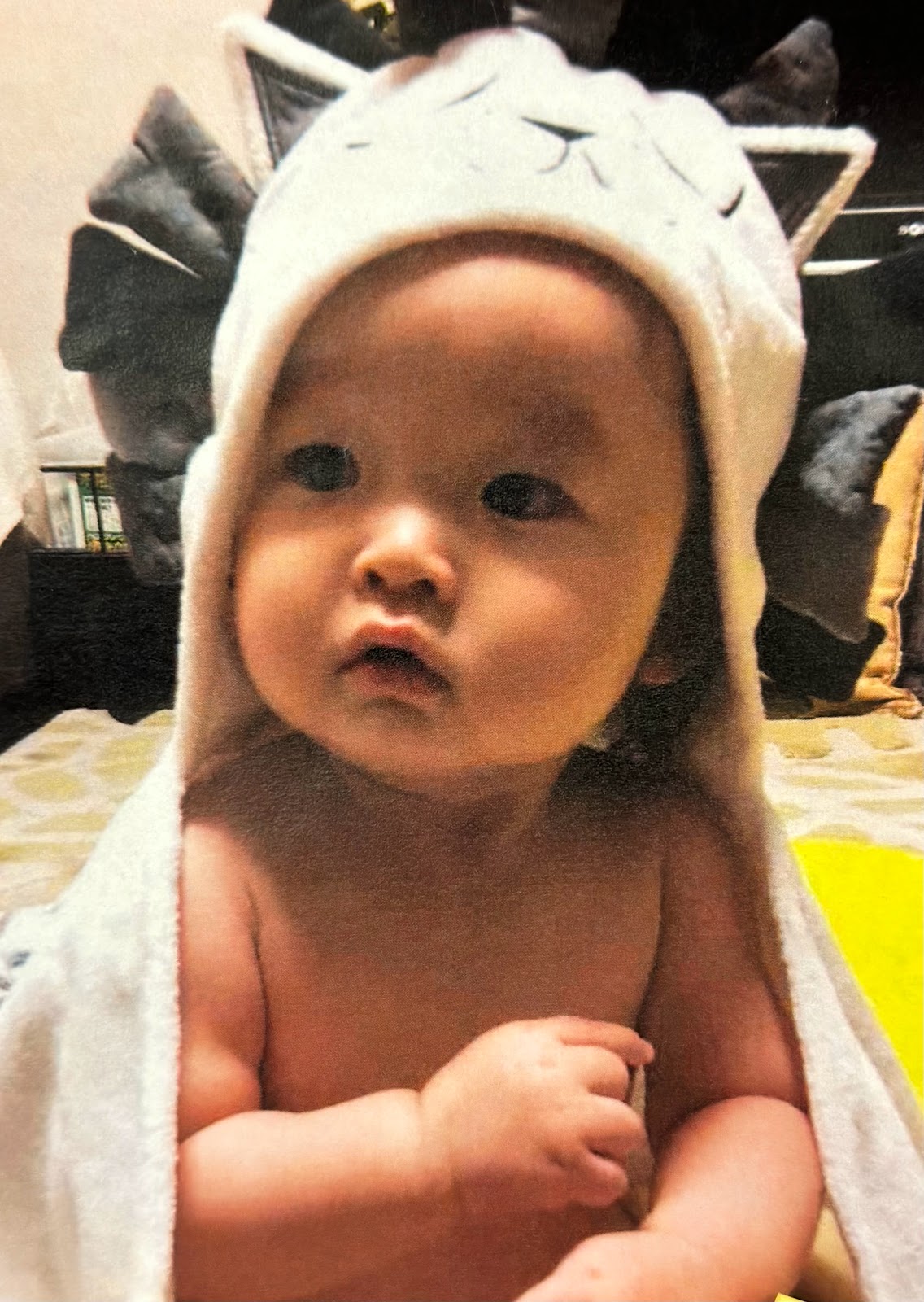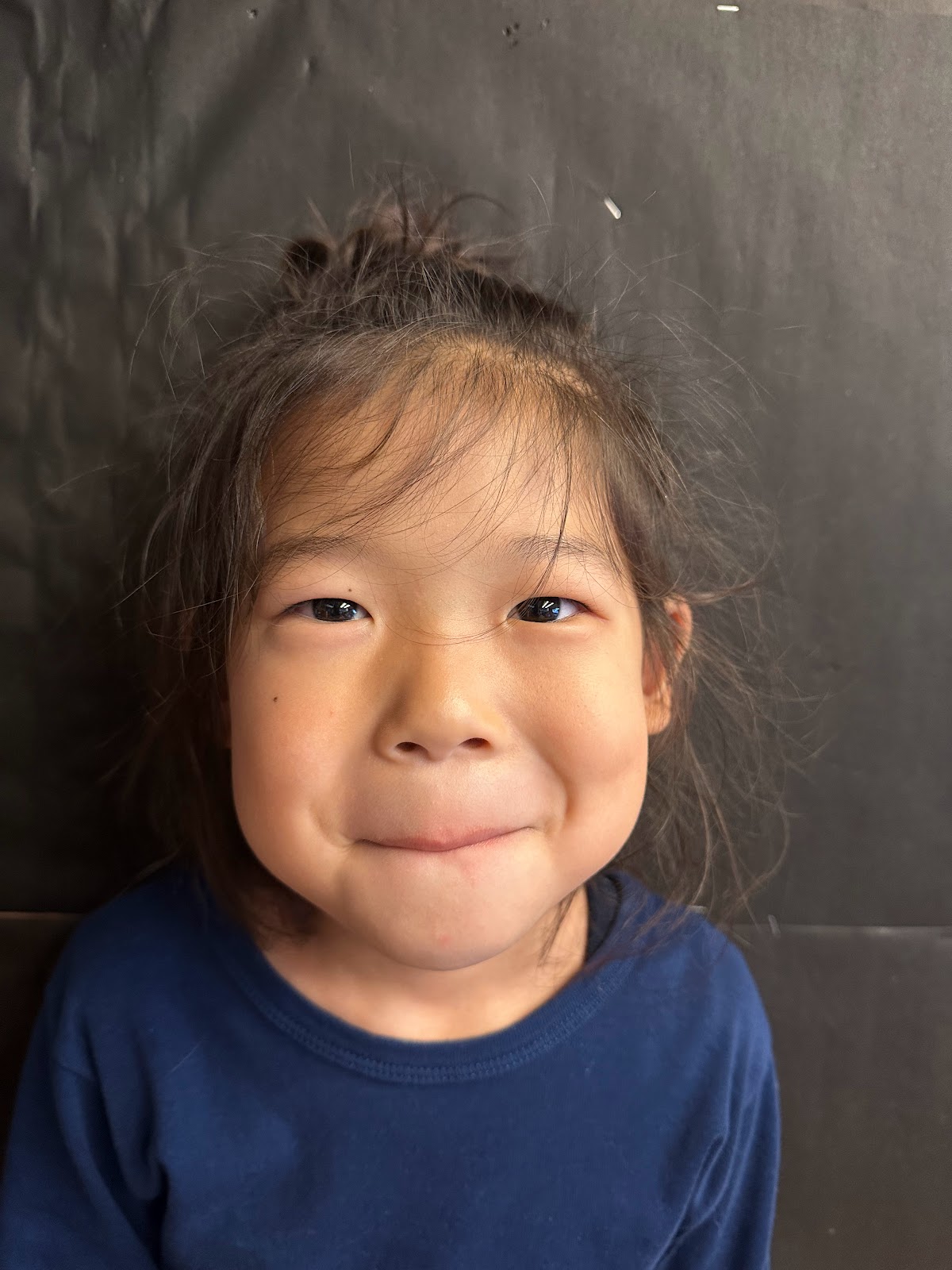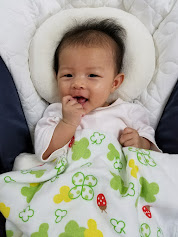"Why are all people different?"
-Tamaki-
I think that this is one of the most difficult question a child can ask.
Even I couldn't find the correct or the exact answers to this.
However, 'Guess the Baby' experiment shows that we, somehow all look alike at some stage in our lives - when we are babies.
We looked at the strip of papers and the names written. We found out that a lot of the guesses where wrong and mixed up. We asked some teachers and students and they had a difficult time guessing the babies.
"They all look alike!" was the common response that we heard.
But, if we look closely and pay attention, we can see that, the same baby is still there.
So today, we have revealed the names of the babies!
Look at their photos...
THEN and NOW
Tamaki
"The shape of the face looks the same."
Koh
"He still looks the same."
Daisy
"Her smile and expression are exactly the same."
Clara
"Her eyes look the same."
Emma
"Her nose, dimples, eyes didn't change so much"
Eisuke
"He still looks the same."
Chanin
Chanin was a difficult one too, everyone was surprised to find out that this was Chanin.
"He looks different!"
Yorinobu
"He looks exactly like Yorinobu."
Rimi
"Rimi's nose, eyes and lips are the same. Except for the hair."
Haruto
"Looks like Haruto when he looks."
"She looks the same."
Kallea
"She looks exactly the same, only with long hair!"
"Her smile, eyes, forehead and hair color is the same."
MY TIMELINE
They have also created a timeline of important events or milestones that happened each year. These may not be accurate as the preschoolers might have used their 'SCHEMA' to create a pattern of stories.
However, this is a great springboard for the students to 'inquire' or ask more questions about their past and for the parents to confirm the stories that they children have created.
































Comments
Post a Comment